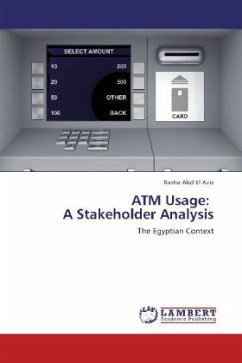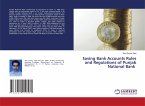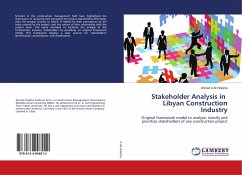This study explores social and technical aspects of ATM systems in Egypt. A pragmatic research approach using mixed methods with a range of stakeholders was employed. Soft Systems Methodology was used to develop conceptual models. A questionnaire was devised to survey ATM users and collected data was statistically analysed. Semi-structured attributes allowed a more probing study of decision makers in the Egyptian banks and of ATM suppliers. When results were brought together, differences between customers and bank managers were discovered. ATM suppliers emerged as an additional stakeholder with an influential role. In response to the findings, two versions of the conceptual model were drawn, a reduced one reflecting the actual situation, and an expanded one that envisages a situation in which the views of the main stakeholders are taken fully into account. The reduced model emphasises the role of bank managers, recognises the role of ATM suppliers, and reduces the roles of customers and bank staff. The expanded model retains the bank managers perspective as dominant but adds activities that enable that perspective to be tempered by the views of customers and bank staff.
Bitte wählen Sie Ihr Anliegen aus.
Rechnungen
Retourenschein anfordern
Bestellstatus
Storno








